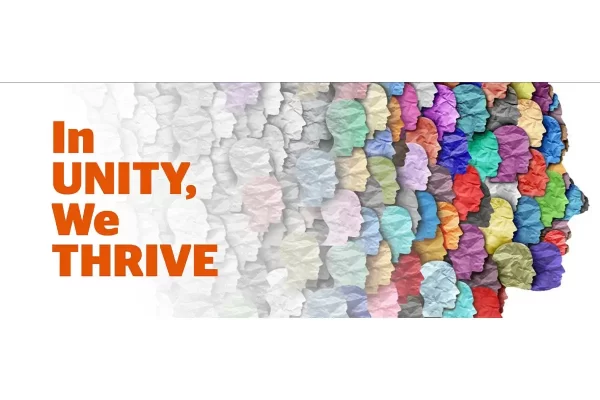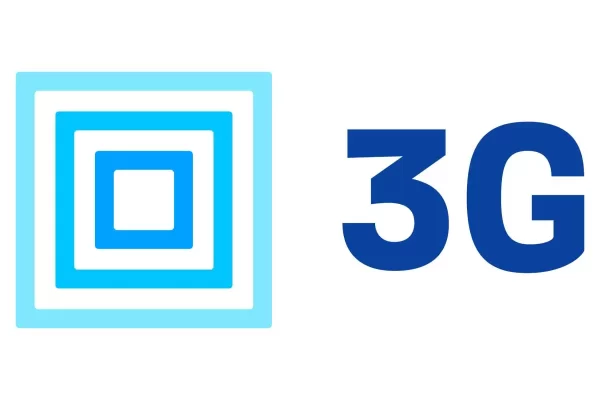Introduction
The model for labor crews in other countries is drastically different from the one used in the U.S. When foreign companies exhibit in the U.S., they are often frustrated by the labor laws and shocked its expenses.
In recent years, the dollar has become stronger and raised the cost of U.S. labor. At the same time, unions have lost their power in right-to-work states that are important tradeshow locations. In these states, the exhibitor’s employees can work on their own exhibits if they pay $200 and provide a certificate of insurance. Now I&D labor providers are witnessing a troubling but legal trend among international exhibitors who provide their own labor crews from their home countries.
Business visitor visa
Since employees of exhibiting companies can work on their own tradeshow exhibits, international exhibitors are flying in labor crews from their home countries to set-up and dismantle their exhibits. This practice is most prevalent at large tradeshows like CES, where a crew of 50 or so laborers are needed for one exhibit. To be allowed to work, these crews claim to be employees of the exhibiting company.
According to the Bureau of Consular Affairs, business visitor visas are given to “exposition or trade show employees of foreign exhibitors at international fairs” if they “will receive no salary or income from a U.S. based company/entity” and “will plan, assemble, dismantle, maintain, or be employed in connection with exhibits at international fairs or expositions.”1 Once the tradeshow closes, they return home as planned, and are compensated in their country’s currency. The monetary savings for international exhibiting companies are not known, but it is presumed that the compensation for these workers is significantly less than the $57/hour paid to the local teamster.
Unsustainable practice
Although the U.S. government blesses this practice as legal, it is not sustainable for the U.S. tradeshow industry. Foreign companies do not follow the same rules, regulations and practices as similar workers in the U.S. where labor companies are required to abide by the law, hold contracts with unions, pay state and federal taxes, and contribute to their workers’ healthcare benefits.
The practice takes jobs from Americans who rely on tradeshow work for their livelihood. The fact is the tradeshow labor workforce is aging, and there is a need to develop and retain new talent. Because of its inconsistent workflow and the tough competition, tradeshow work is already unpredictable and this practice adds to its instability. If there are fewer job opportunities in the field, the industry will continue having difficulty attracting young people. Also the cities that host tradeshows are likely to receive a blow to the show’s anticipated economic boost to the local economy as thousands of dollars from wages and taxes are not transacted in the city.
Furthermore the lack of safety regulations is alarming. In other countries, the venue may have no forklifts or other heavy equipment and structures may have height restrictions. Here, forklifts are zipping across the show floor as hundreds of workers assemble large and complex exhibits. When foreign installers work in the U.S., there is no process to confirm their skill, knowledge, or authenticity of certifications. Even if the workers are skilled carpenters, they are working in an unfamiliar venue in a country where nearly everyone only speaks English. What if there’s miscommunication during installation? Or how does one call a warning if a crate topples? If a poorly assembled exhibit that falls on another person, the event is not only tragic but also raises the issue of liability.
And finally, flying a crew of 50 laborers 12,000 miles roundtrip significantly harms the environment. In The Green Edge, Tom Bowman wrote that “…flying creates more environmental damage than just about anything else that [tradeshow exhibitors] manage” (104). The Union of Concerned Scientists also stated that “…A single round-trip flight from Los Angeles to New York emits around a ton of carbon dioxide per passenger – equal to the amount an average American SUV driver would be responsible for emitting in one month of average driving.” (45) Compared to hiring a local crew, the practice is ultimately costly, inefficient and harmful to the environment.
What’s the solution?
The practice is not sustainable for the U.S. tradeshow industry, the city’s local economy, or the planet. Yet the practice is legal, and no tradeshow industry associations have publicly spoken-out against the practice. Currently, I&D service providers are educating foreign exhibitors on the benefits and efficiencies gained by hiring the local I&D crew. The local I&D crew knows the region’s rules and regulations, the show hall, US units of measurement, and has the relationships and resources to solve problems quickly. International exhibitors need to understand that by hiring a quality I&D partner and working with them ahead of time, they can gain more efficiencies than this unsustainable practice.
References:
- “Business Travel to the United States.” U.S. Visas. March 1, 2014. Accessed September 30, 2015. http://travel.state.gov/content/dam/visas/BusinessVisa Purpose Listings March 2014 flier.pdf.
- Bowman, Tom. The Green Edge. First ed. Signal Hill, CA: BGC, 2014. 45, 104.





























